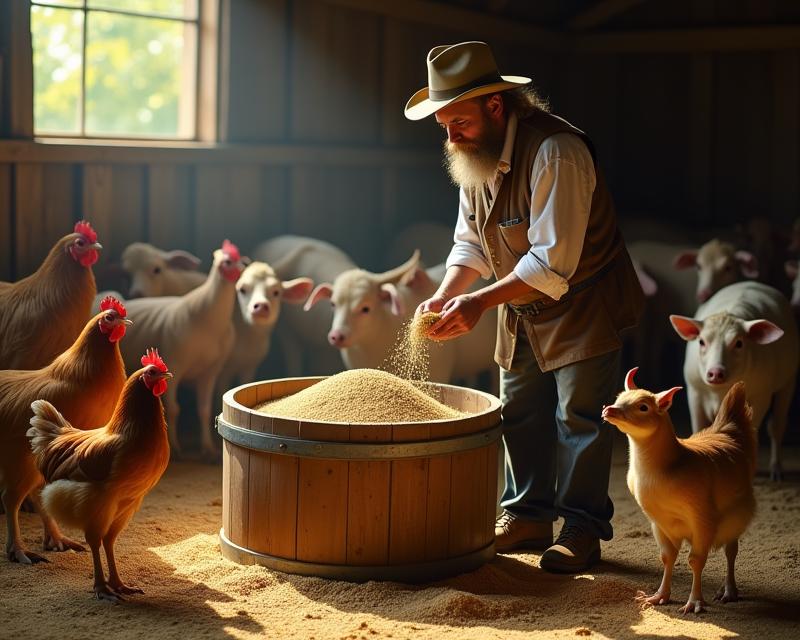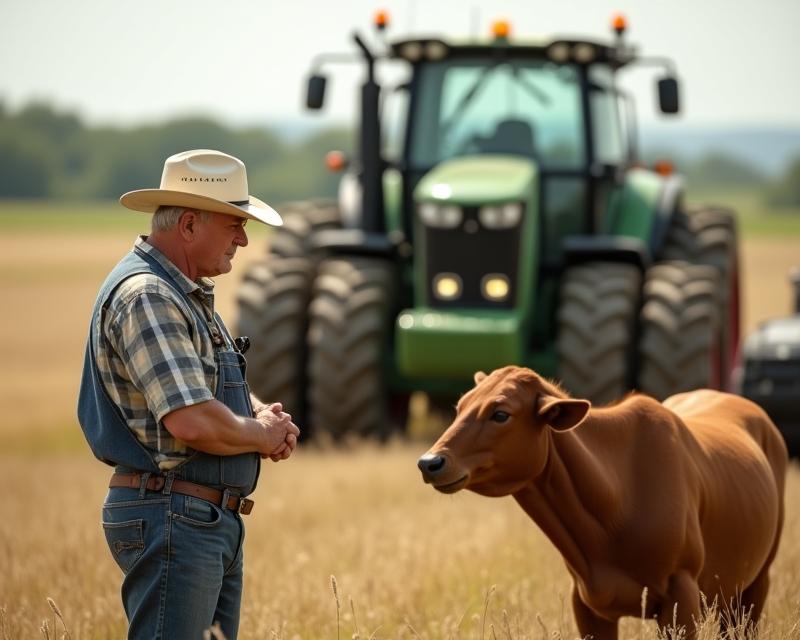Sharp Blades, Smooth Harvests: Equipment Maintenance
Publish in Farm Business el 28/06/2025 22:40
Sharp Blades, Smooth Harvests: Equipment Maintenance
Maintaining sharp cutting blades on your farming equipment is crucial for efficiency, safety, and ultimately, a successful harvest. Dull blades don't just reduce productivity; they also increase fuel consumption, damage crops, and pose a safety hazard to operators. Regular maintenance is an investment that pays off in the long run, saving you time and money.

Why Sharp Blades Matter
Think of your cutting blades like a carpenter's tools – a dull saw makes the job harder and more dangerous. For agricultural equipment like mowers, forage harvesters, and balers, sharp blades ensure clean cuts, minimizing crop loss and reducing the risk of disease. They also improve the overall performance of the machine, allowing it to operate more smoothly and efficiently. Furthermore, sharp blades reduce the strain on the engine, leading to better fuel economy and less wear and tear.
Sharpening Methods: A Guide
There are several methods for sharpening cutting blades, ranging from simple hand sharpening to professional grinding. For smaller equipment like lawn mowers, a good quality file and a sharpening guide can often suffice. For larger, more complex machinery, professional sharpening services are generally recommended. When using a file, maintain the correct angle specified by the manufacturer. Always wear safety glasses and gloves when sharpening blades. Consider the blade material; some require specific sharpening techniques to avoid damage.
Preventative Maintenance
Sharpening is reactive; preventative maintenance is proactive. Regular inspections are key to extending the life of your blades. Check for nicks, chips, and excessive wear. Clean blades after each use to remove debris and prevent rust. Store blades in a dry place to protect them from corrosion. Following the manufacturer's recommended maintenance schedule will help ensure your blades remain sharp and your equipment operates at its best. Don't wait until a blade is completely dull to address the issue – small, regular maintenance is far easier than dealing with severely damaged blades.





